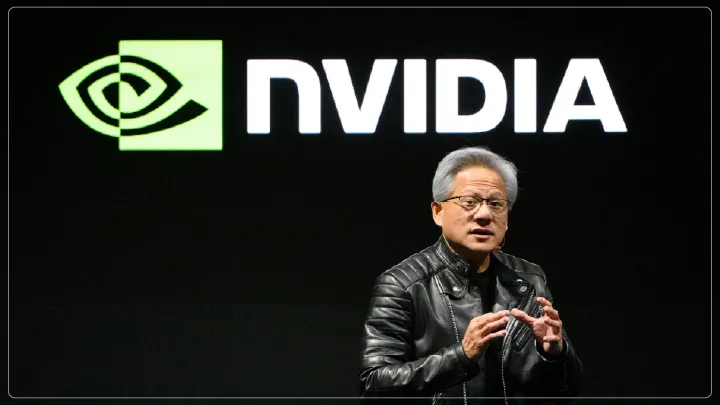April 2025
Nvidia, the global frontiers in Artificial Intelligence hardware and software, launched its latest chips, Blackwell Ultra and Vera Rubin, at the GTC annual conference held in San Jose, California. The chips are designed to enhance the building and deployment of AI models as well as increase efficiency. Blackwell Ultra is a newcomer to Nvidia's Blackwell chip family and is due to begin shipping in the second half of 2025. It claims to be extraordinarily efficient in content generation and inference workloads. The chips come with various configurations, including GB300 and B300 versions, systems with eight GPUs on a single server blade, and rack versions equipped with 72 Blackwell chips.

Nvidia has introduced the Rubin next-generation GPU family, which starts shipping in the second half of 2026. It's named entirely after the astronomer Vera Rubin, and the system consists of a Vera CPU and a Rubin GPU. Vera CPU is Nvidia's first custom-designed processor; it is based on a core architecture named Olympus. When paired with Rubin, the combined system can reach inference performance of up to 50 petaflops-more than double that of the previous Blackwell generation. It can possess up to 288 gigabytes of fast memory, making it an attractive option for AI developers. With Rubin Next, Nvidia's view towards GPUs has changed after which it is going to combine four dies into a single chip somewhere in 2027. Annual releases now show a true sign of the times as demands for superior AI hardware continue to grow in an ever more competitive marketplace.
Nvidia also showcased a broad range of AI-centric products at their GTC 2025 conference, including two AI computers, the DGX Spark and DGX Station, that can run large AI models such as Llama and DeepSeek. They also announced upgrades to their networking hardware to interface a huge body of GPUs as one system. The other software package that emerged from the conference was one generically called Dynamo, which helps its users get the best out of Nvidia's hardware. This software package will play a huge role in promoting the efficiency and scalability of AI activities across industries.
Nvidia managed to take care of the concerns raised regarding China's DeepSeek R1 model, which needed fewer numbers of chips than their US models. Some would argue that DeepSeek can pose a threat to Nvidia, yet Nvidia contends that the complex reasoning capacities of the application would, instead, increase demand for those very powerful chips. The Blackwell Ultra chips, optimized for handling complex AI workloads with higher efficiency and performance, have always been ditched away. These chips are colossal advancements in processing power, efficiency, and scalability. Furthermore, commitment on the part of Nvidia to lead with AI hardware remained within GTC 2025 itself, showcasing its advancements in chip architectures, among other things, across its product portfolio.
April 2025
April 2025
April 2025
April 2025